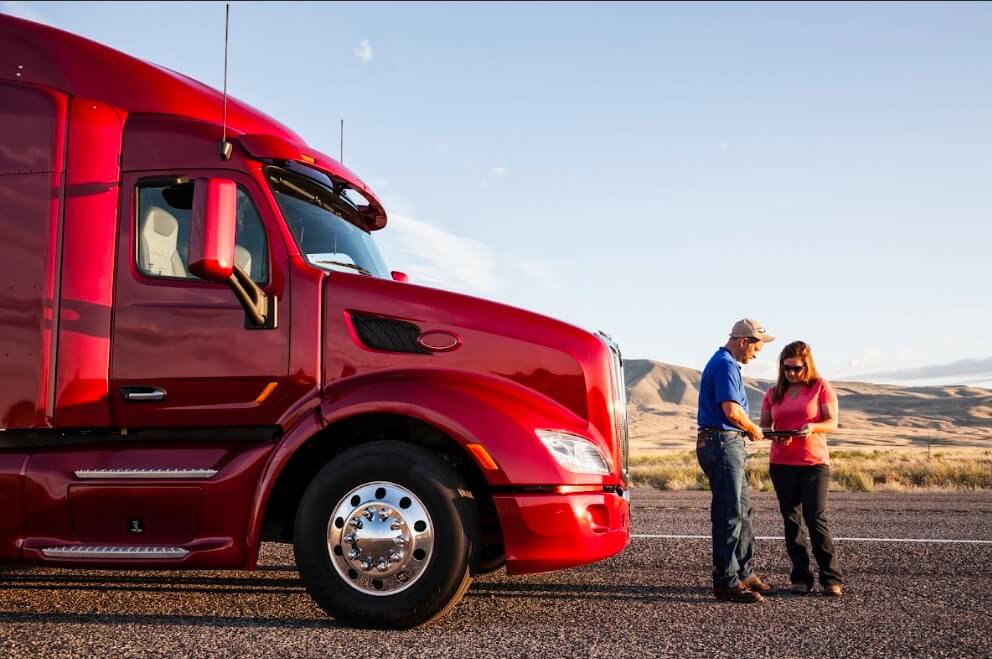The trucking sphere performs an essential role in the global economy, acting as the basis of transportation for cargo across huge distances. Within this sphere, one may distinguish two principal categories of trucking titled short haul and long haul.
Both kinds of trucking possess various characteristics and peculiarities that differentiate them. Let's delve into distinctions between short-haul and long-haul trucking, taking attention to unique issues and pluses that are connected with each.
Long Haul and Short Haul Trucking Definition
Long haul trucking may be defined as the transportation of loads over long distances, commonly exceeding 250 miles. It includes delivering loads from one region or state to another, usually intersecting a few states or in some cases countries. As a rule, long-haul truckers spend a long time on the road, overcoming huge distances and sticking to strict rules concerning driving hours and rest breaks.
Meanwhile, short-haul trucking includes the transportation of cargo over shorter distances, commonly within a local or regional area. As a rule, short-haul truckers work within a restricted radius, delivering loads to nearby cities or towns. These drivers usually make more frequent stops and have shorter delivery times, allowing them to get back to their home base within a day or several days.
Difference between Long Haul and Short Haul Trucking
Both long-haul and short-haul trucking perform essential roles in the transportation sphere, satisfying various logistical necessities and ensuring the effective movement of loads. Let's have a closer look at the major distinctions between long-haul and short-haul trucking.
Distance and Lasting
The most evident and fundamental distinction between short haul and long haul deliveries is in the distance and lasting of rides. Short haul trucking commonly includes deliveries within a definite region, as a rule spanning distances of up to 250 miles. Meanwhile, long-haul trucking involves transporting loads across huge distances, commonly covering a few states or countries. These rides may range from a few hundred to thousands of miles, demanding drivers to spend a few days or in some cases weeks on the road.
Time Limits
Time limits are a decisive factor in defining the kind of trucking required for a concrete shipment. Short-haul trucking is characterized by short turnaround times, enabling drivers to make several deliveries within a day or a few days. This is associated with shorter distances, which lets drivers complete their routes and get back to the point of departure within a reasonable time.
Meanwhile, long-haul trucking works on another schedule. Long-haul drivers usually spend a few days away from family and friends because of extended distances and duration of rides. Moreover, these drivers should stick to strict delivery schedules and deadlines.
Lifestyle of Drivers and Tiredness
Another considerable distinction between short-haul and long-haul deliveries is the influence on the lifestyle and tiredness of the driver. Short-haul drivers commonly possess more regular schedules, enabling them to get back home daily or weekly. This regularity proposes better possibilities for rest, time with relatives and friends, and supporting a healthier balance between work and personal life.
Meanwhile, long-haul drivers spend a long time away from relatives and friends, living and sleeping in their vehicles. As a rule, these drivers encounter more serious issues in supporting a healthy lifestyle because of irregular sleep, restricted access to fitness rooms, and the absence of constant home-cooked meals.
Revenue and Remuneration
Revenue and remuneration structures are not the same in short-haul and long-haul trucking. As a rule, short-haul drivers obtain regular salaries or hourly rates for their services, mirroring shorter distances and more rapid turnaround times. These drivers may likewise benefit from more predictable schedules, which may contribute to better financial planning and balance between work and personal life.
Meanwhile, long-haul drivers are commonly paid based on mileage and the number of days they spent during the rides. Although long-haul rides may potentially bring greater revenue because of overcoming longer distances, drivers should likewise take into account a few factors, particularly, the magnification of expenses, longer time away from home, and the greater requirements on their physical and mental well-being.
Type of Equipment
The type of equipment employed in short-haul and long-haul trucking likewise differs. As a rule, short-haul trucks are smaller and more maneuverable, intended for local deliveries and convenient navigation within urban areas. These vehicles usually have lower fuel consumption rates and are equipped to perform shorter rides effectively.
Meanwhile, long-haul trucks are larger and designed for endurance. These vehicles are equipped with sleeper cabs, enabling drivers to rest during long rides, and have larger fuel tanks to decrease refueling stops. Moreover, long-haul trucks are intended to transport heavier loads, commonly demanding special permissions and abidance of weight rules.
Long Haul vs. Short Haul Trucking: Final Thoughts
To conclude short-haul and long-haul trucking represent separate categories within the transportation sphere, each with its own pluses, issues, and characteristics. Short haul trucking includes relatively shorter distances, more rapid turnaround times, and more regular schedules, enabling drivers to balance work and personal life better and have more rest possibilities. Long haul trucking includes longer distances, prolonged periods away from home, compliance with strict delivery schedules, and the necessity for staying power from the side of the driver.
Comprehension of these distinctions is crucial for trucking organizations and drivers to make justified decisions and ensure secure and effective transportation of loads across diverse distances. In addition, by knowing the major distinctions between long haul and short haul trucking, you will be able to decide what type of trucking to select as a driver or the owner of the trucking organization.
Related Articles


Frequently Asked Questions
Get fast answers to your most pressing questions about JobCDL.
How much do truck drivers make in a year?
What are the highest paying CDL jobs?
What CDL companies are currently hiring?
Which states have the most truck driving jobs?






